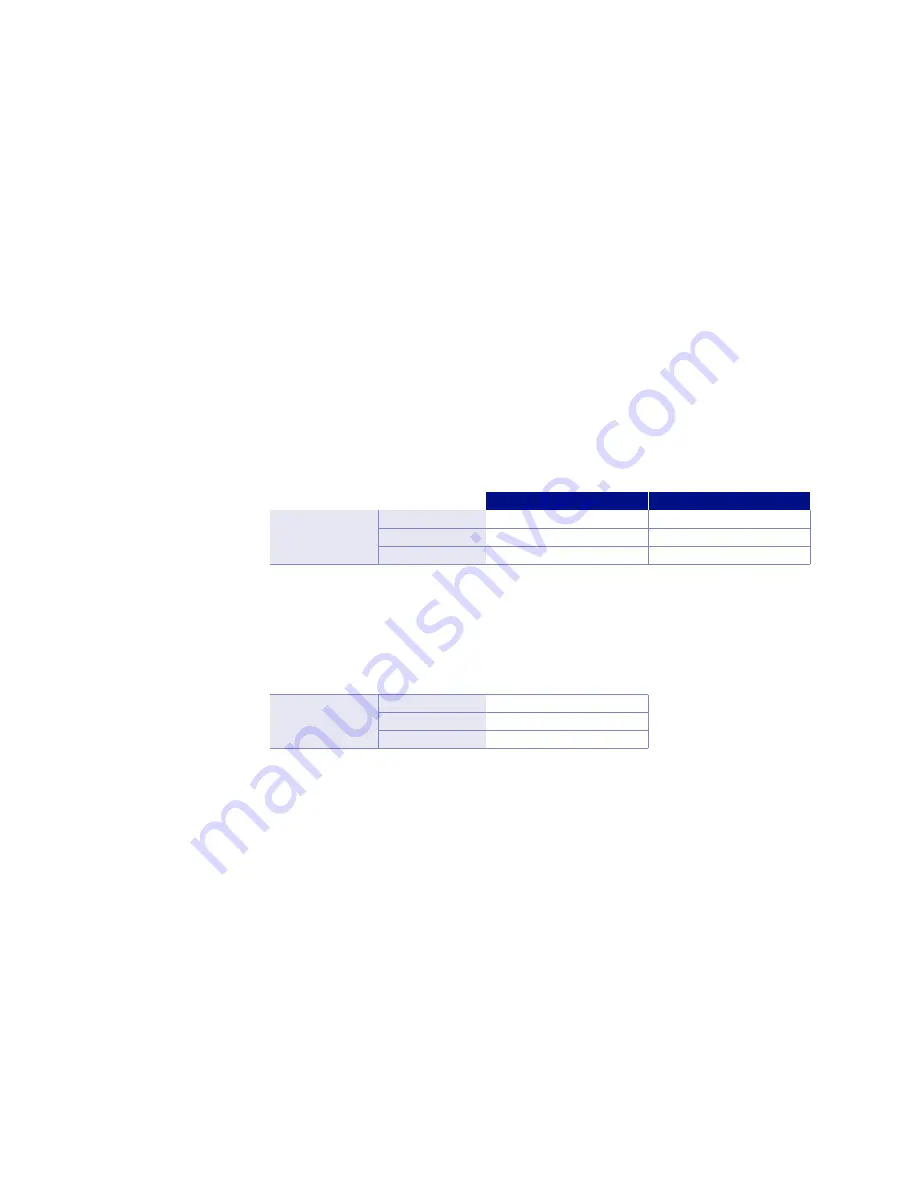
34
c
HAPTER
2:
Cooling System Design and Temperature Control
Model 350 Temperature Controller
Not everyone uses the lowest excitation range available. This is due to noise, or more
appropriately signal to noise. Noise from a variety of sources affects the small signals
used to make resistance measurements. Lowering excitation makes the signals even
smaller but unfortunately doesn’t decrease the noise. Even with careful installation
noise effects cannot be eliminated. The goal of most low temperature measurements
is to choose an excitation that is the best compromise between self-heating and sig-
nal to noise.
2.11 Heater
Selection and
Installation
There is a variety of resistive heaters that can be used as the controlled heating source
for temperature control. The mostly metal alloys like nichrome are usually wire or foil.
Shapes and sizes vary to permit installation into different systems.
2.11.1 Heater
Resistance and Power
Cryogenic cooling systems have a wide range of cooling power. The resistive heater
must be able to provide sufficient heating power to warm the system.
2.11.1.1 Main Heater Warmup: Output 1
The Model 350 can provide up to 75 W of power from Output 1. Output 1 is designed
to provide large amounts of heat for controlling at higher temperatures, or for war-
mup. TABLE 2-3 provides the current and voltage limits for Output 1, as well as the
resulting maximum power for Output 1 for the 25
)
and 50
)
settings, using nominal
heater load values.
Output 1 current and voltage limits with resulting max power
25
)
setting (25
)
heater)
50
)
setting (50
)
heater)
Output 1
Current limit
1.732 A
1 A
Voltage limit
50 V
50 V
Max power
75 W
50 W
2.11.1.2 Sample Heater: Output 2
The Model 350 can provide up to 1 W of power from Output 2. Output 2 is designed to
provide small amounts of heat for fine control of a sample stage at very low tempera-
tures.
Output 2 current and voltage limits
with resulting max power
Output 2
Current limit
100 mA
Voltage limit
10 V
Max power
1 W
2.11.1.3 Calculating Power Limits
Even though the Model 350 heater outputs are current sources, they are limited in
voltage by the voltage compliance limit. This compliance voltage also limits maxi-
mum power. So for heater values other than 25
)
or 50
)
, and for values other than
100
)
on Output 2, calculate the maximum power using the following equations: P =
I
2
R and P = V
2
/R, where P is maximum power, I is max current, V is max voltage, and R
is the heater resistance. The current and voltage limits are in place at the same time,
so the smaller of the two computations gives the maximum power available to the
heater
TABLE 2-3
TABLE 2-4
Содержание 350
Страница 4: ...Model 350 Temperature Controller ...
Страница 6: ......
Страница 14: ...Model 350 Temperature Controller ...
Страница 28: ...14 cHAPTER 1 Introduction Model 350 Temperature Controller ...
Страница 53: ...Examples of PID control 2 13 4 ManualOutput 39 www lakeshore com FIGURE 2 4 ...
Страница 58: ...44 cHAPTER 2 Cooling System Design and Temperature Control Model 350 Temperature Controller ...
Страница 118: ...104 cHAPTER 5 Advanced Operation Model 350 Temperature Controller ...
Страница 178: ...164 cHAPTER 7 Options and Accessories Model 350 Temperature Controller ...
Страница 192: ...178 cHAPTER 8 Service Model 350 Temperature Controller ...






























